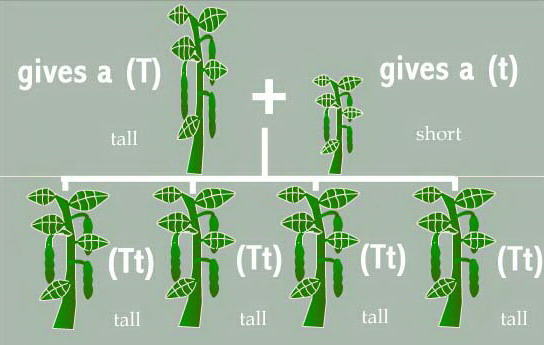All the examples used in last classes have employed genes with only two alternative alleles. But the majority of genes exist in several different forms, multiple alleles. This is caused by the mutations of bases at different sites within the same gene, thus affecting different amino acids in the encoded protein.
examples of multiple-allele traits/diseases:
- the human β-globin gene where a specific mutation at one site of the gene results in an allele responsible for the hereditary syndrome sickle cell (picture)anaemia, while mutations at several other sited sites in the gene cause a different syndrome, β-thalassemia(beta地中海贫血),
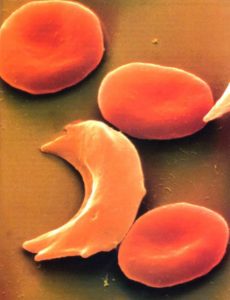
A SICKLE CELL,image from the Internet
Beta-thalassemia, inherited blood disorder caused by reduced or absent synthesis of the beta chains of hemoglobin, resulting in variable phenotypes ranging from severe anemia to clinically asymptomatic individuals.
Although they are alterations of the same gene, the changes are to different codons(a specific sequence of three consecutive nucleotides that is part of the genetic code and that specifies a particular amino acid in a protein or starts or stops protein synthesis). The resulting proteins have variant beta-globins with discrete differences in amino acid sequence and so behave differently.
—————————————————————————
- In rabbits, multiple alleles of one gene are responsible for a number of different coat color phenotypes.
Here we go, a little confusing but, interesting:
There are four members of the allelic series: agouti, chinchilla, Himalayan and albino. When homozygous, each series produces a distinct coat pattern. When heterozygous, there is a clear pattern of dominance. Agouti is dominant over all the alleles, chinchilla is dominant over Himalayan and albino, while Himalayan is dominant over albino, which fails to produce any pigment and hence is recessive to the others…Hope your mind is still clear!
1, Agouti rabbit: the wild rabbit.

If you blow into the fur of an Agouti rabbit, you will see “bandings” of different colors along the shaft of the hair, being blue, black, tan, fawn. The Agouti also has light tan coloring around the nostrils and at the back of the neck. The belly is cream.(http://rabbit.wikia.com/wiki/Agouti)
2, Chinchilla rabbit: soft, grey fur.

Chinchilla Rabbits originated in France and were bred to standard by M. J. Dybowski. They were introduced to the United States in 1919. (wikipedia)
3. Himalayan rabbit: white body with colored points, recognized colors are black, blue, chocolate and lilac.
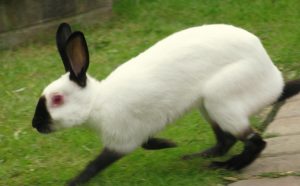
red eyes; posed stretched out, body to be 3.5 head lengths. They are the ancestors of Californians, one of the most common meat rabbits.(wikipedia: Himalayan_rabbit)
4. Albino rabbit: completely white since it’s missing the melanin which determines the color of their skin, eyes, and fur.
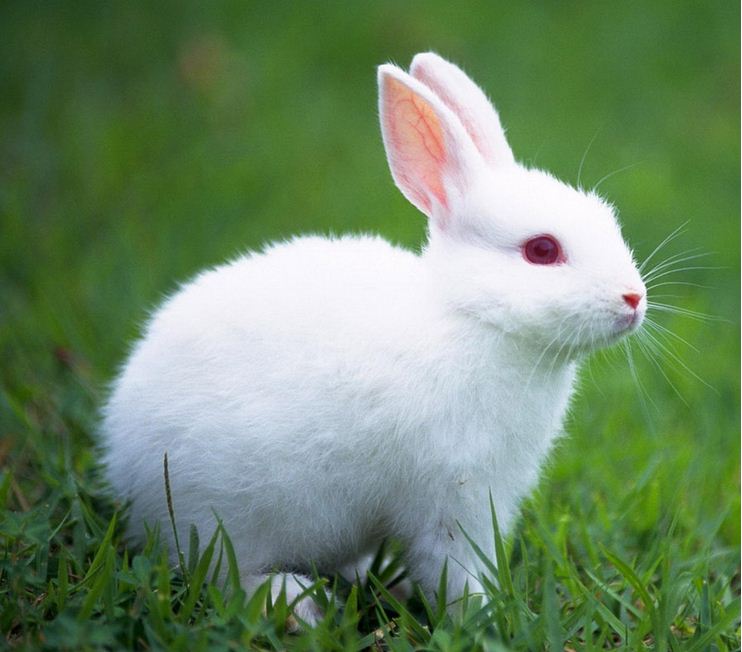
Not all white rabbits are albinos, so you’ll need to check their eyes. If their eyes are red or pink and their hair is totally white, they would be considered an albino. They are not rare.
An albino rabbit may not have the greatest eyesight due to their lack of eye pigment. Since their eyesight is not the best, they should be caged or kept inside since they may not be able to see predators.(http://www.ask.com/question/albino-rabbits)
Having seen so much about rabbits, hope you haven’t forgotten what we were doing before those cute bunnies. We were learning about examples of multiple alleles of one gene.
- the human ABO blood group system.
(all form wikipedia: ABO blood group system:)
The ABO blood type is controlled by a single gene (the ABO gene) with three types of alleles inferred from classical genetics: i, IA, and IB. The gene encodes a glycosyltransferase— an enzyme that modifies the carbohydrate content of the red blood cell antigens.
The IA allele gives type A, IB gives type B, and i gives type O.
Both IA and IB are dominant over i, so only ii people have type O blood. Individuals with IAIA or IAi have type A blood, and individuals with IBIB or IBi have type B.
IAIB people have both phenotypes, because A and B express a special dominance relationship: codominance(we talked about it last class), which means that type A and B parents can have an AB child.
A type A and a type B couple can also have a type O child if they are both heterozygous (IBi,IAi)
Hope your mind is still clear!
NOTE: the concept of multiple alleles of one gene is totally different from multiple-gene inheritance.
A polygene, multiple factor, multiple gene inheritance, or quantitative gene is a group of, non-allelic, genes that together influence a phenotypic trait.
![Mendel’s Genetics [4]: examples of mutiple alleles](https://apbiology.cn/wp-content/uploads/sites/8/2013/12/genetics-4-blood-cell.jpg)
![the blueprint of life [2]: primary and secondary structure of DNA](https://apbiology.cn/wp-content/uploads/sites/8/2013/07/dna2.jpg)
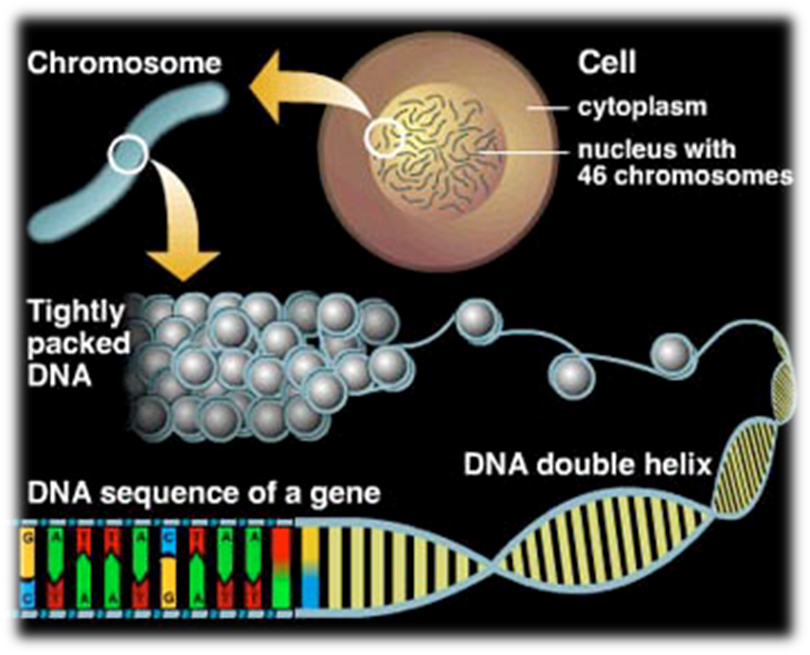
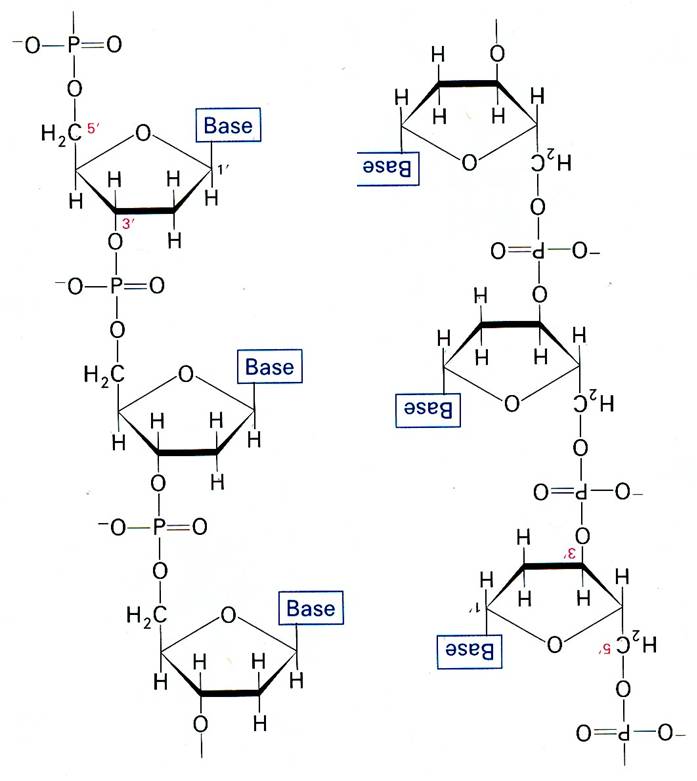
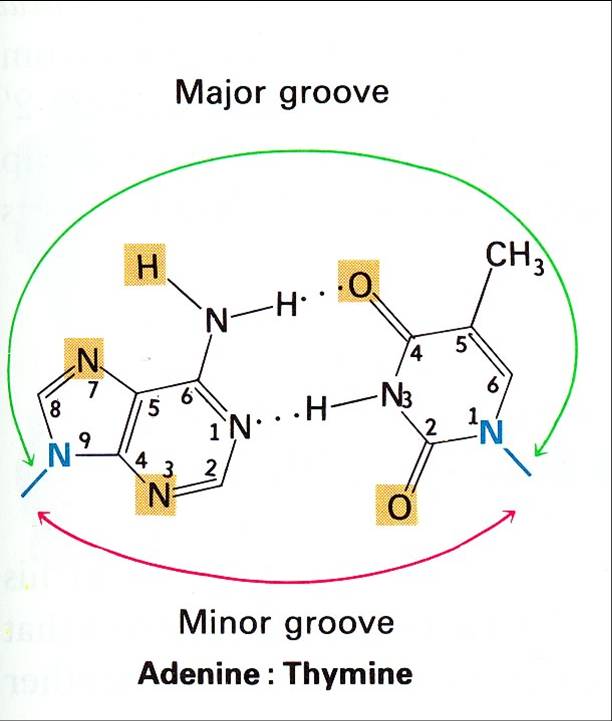
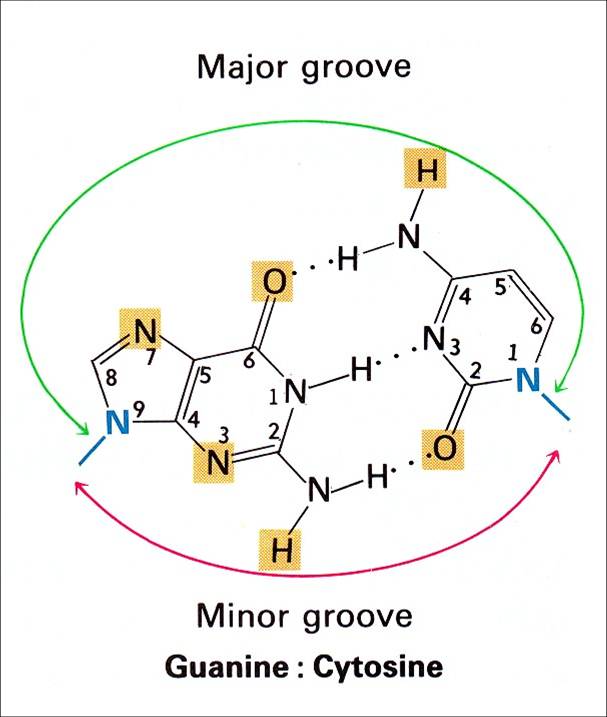

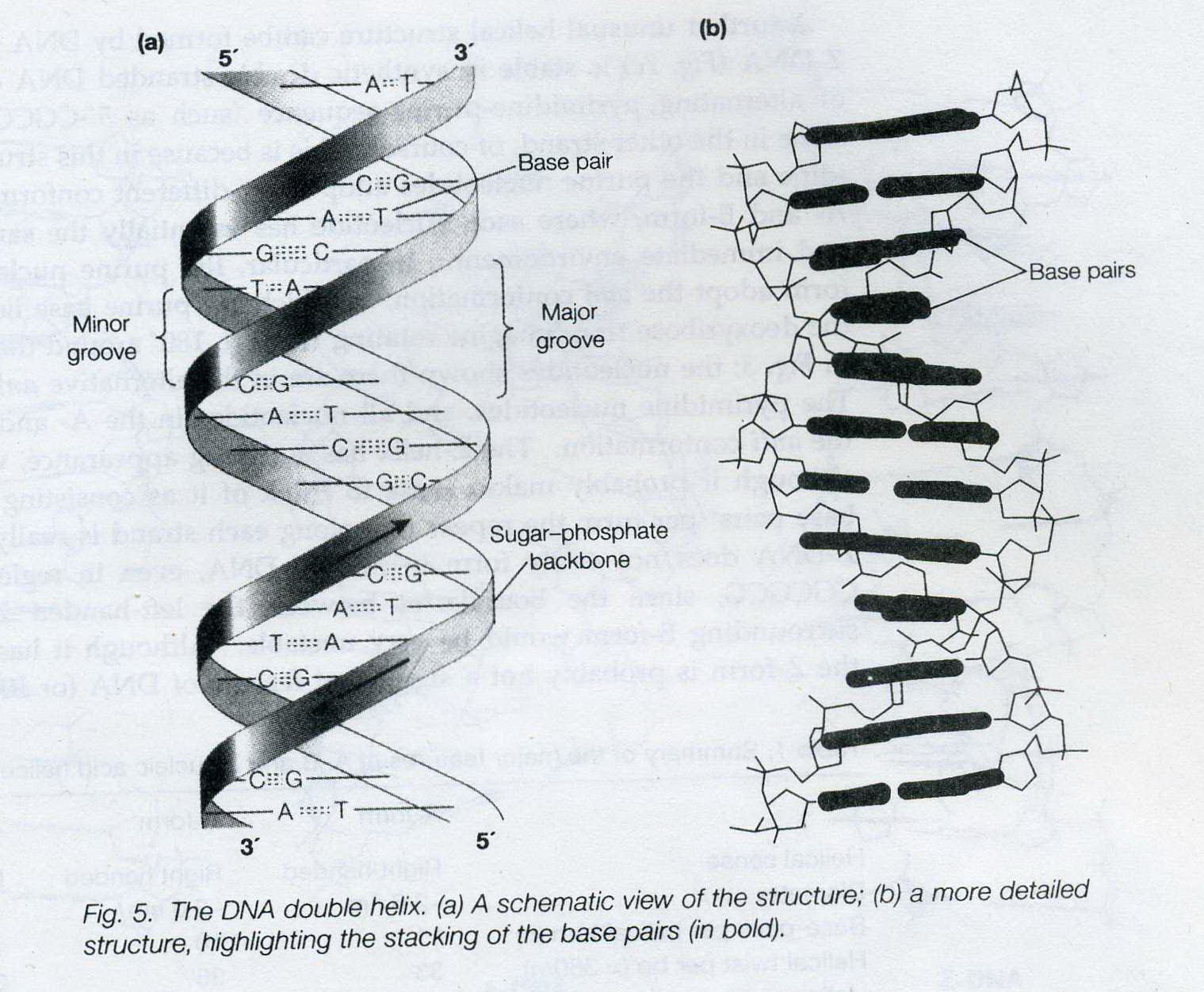

![the blueprint of life[1]](https://apbiology.cn/wp-content/uploads/sites/8/2013/06/Science-Human-Gene.jpg)
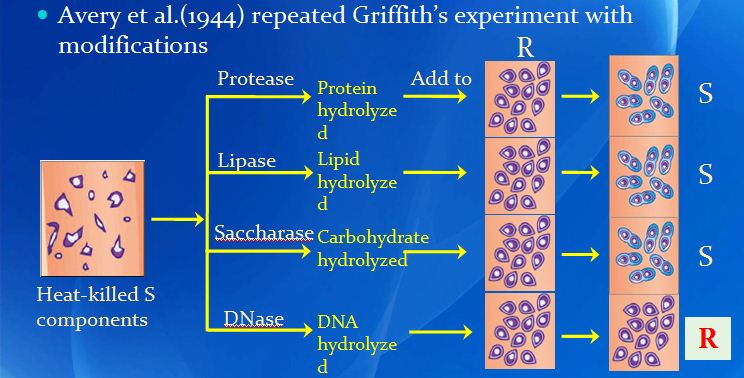
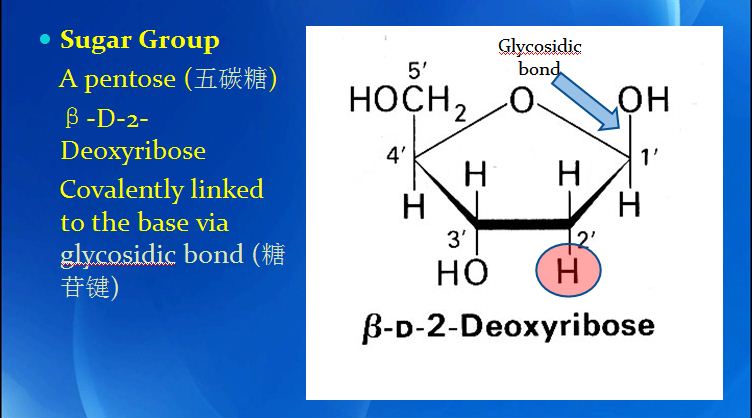
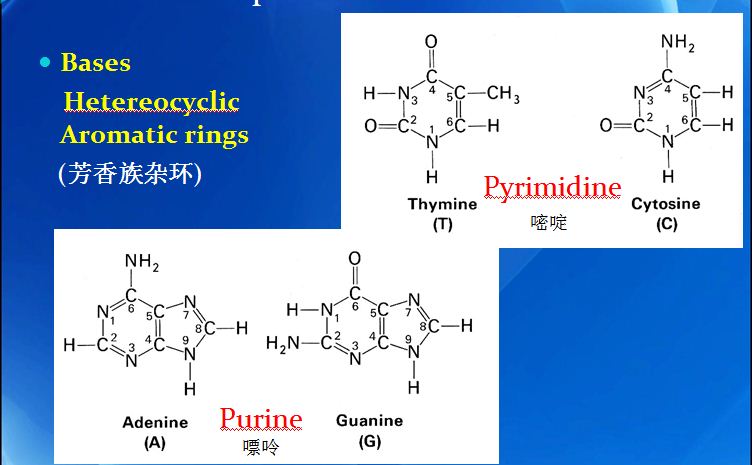
![Mendel’s Genetics[2]: The monohybrid cross](https://apbiology.cn/wp-content/uploads/sites/8/2013/07/genetics2.png)
